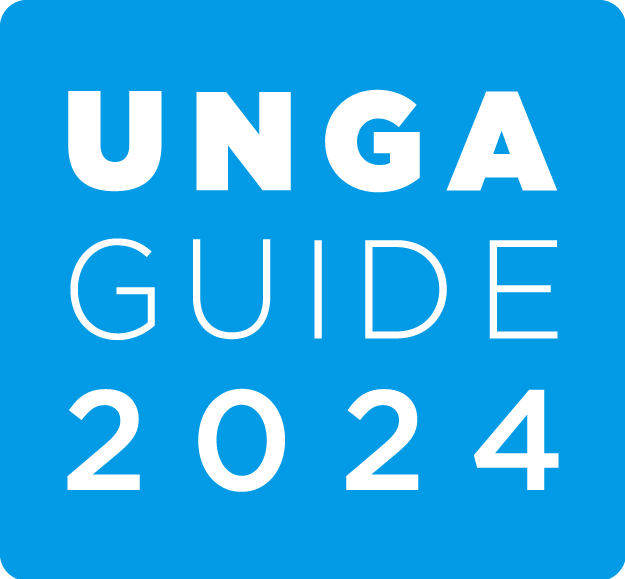Transforming Global Health with AI & VR
Artificial Intelligence (AI) and Virtual Reality (VR) are revolutionizing healthcare, promising significant medical diagnostics, treatment, training, and patient care advancements. By leveraging these technologies, the global health landscape is poised to experience unprecedented improvements in accessibility, efficiency, and effectiveness, aligning with the UNSD SDG 3—Good Health and Well-being, SDG 4—Quality Education, and SDG 10—Reduced Inequalities. Enhancing Diagnostics and Treatment AI has demonstrated immense potential in improving diagnostic accuracy and treatment planning. Machine learning algorithms analyze vast datasets to identify patterns and predict health outcomes. For instance, AI-powered imaging tools can detect early signs of diseases such as cancer, cardiovascular conditions, and neurological disorders, often with greater accuracy than human doctors. This early detection enables timely intervention, significantly improving patient prognosis. Moreover, AI assists in personalized medicine by analyzing genetic, environmental, and lifestyle data to recommend tailored treatments. This individualized approach ensures patients receive the most effective therapies, minimizing adverse effects and enhancing overall outcomes. AI-driven predictive analytics also aid in anticipating disease outbreaks and managing public health responses, which are crucial for combating epidemics and pandemics. Revolutionizing Medical Training and Education VR offers transformative possibilities for medical training and education. Medical students and professionals can engage in immersive, realistic simulations of clinical scenarios, enhancing their practical skills without the risks associated with real-life procedures. For example, VR surgical simulators provide a hands-on experience, allowing trainees to practice complex surgeries in a controlled environment. This experiential learning leads to improved proficiency and confidence among healthcare providers. VR also facilitates remote training and education, breaking down geographical barriers. Healthcare professionals in underserved regions can access high-quality training programs, ensuring they stay updated with the latest medical advancements. This democratization of medical education is critical for addressing the global shortage of skilled healthcare workers and improving health services in low-resource settings. Bridging the Global Health Divide AI and VR have the potential to bridge the global health divide by making advanced healthcare accessible to underserved populations. AI-powered telemedicine platforms facilitate remote consultations, diagnostics, and monitoring, ensuring that patients in remote areas receive timely medical attention. VR-enabled mobile clinics can bring specialized care to regions lacking medical infrastructure, offering virtual consultations and diagnostic screenings. Collaborative efforts between the Global North and South are essential for harnessing the full potential of AI and VR in healthcare. Technology transfer, capacity building, and equitable partnerships can ensure that innovations benefit all, addressing health disparities and promoting global health equity. Conclusion AI and VR are set to transform global health by enhancing diagnostics, revolutionizing medical training, improving patient care, and bridging the healthcare divide. These technologies promise to achieve SDG 3 by providing innovative, accessible, and effective healthcare solutions worldwide. Through continued innovation and collaboration, AI and VR can lead to a healthier, more equitable global community.
